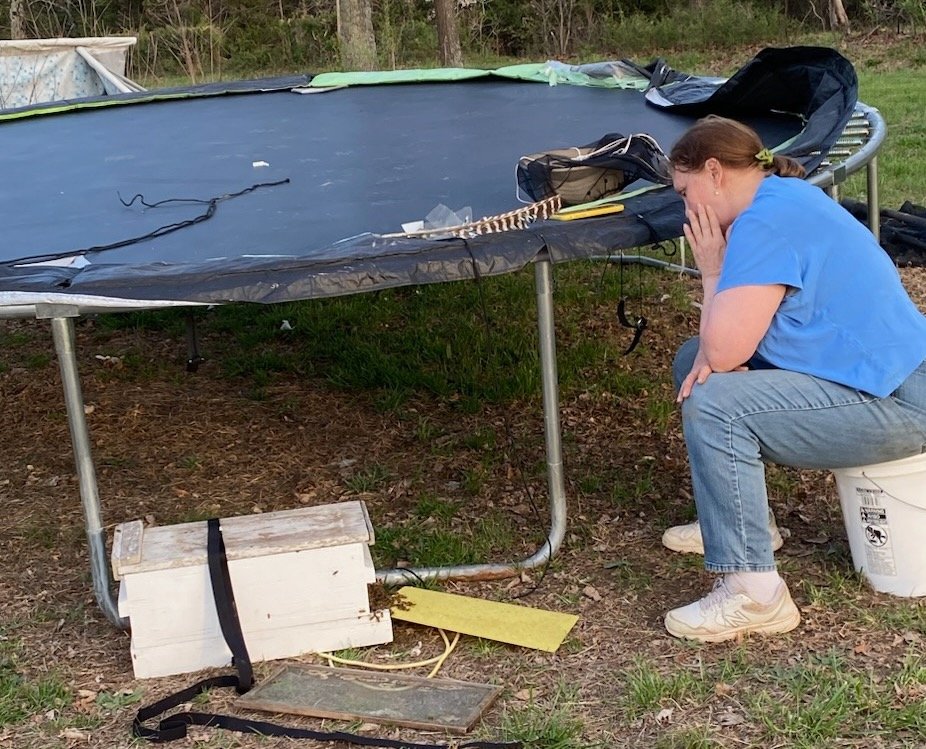Bees in Bird Feeders
/Honey bees rummaging through my bird feeder cracked corn. (Charlotte Ekker Wiggins photo)
Bees in Cracked Corn
The mid-February warm spell we usually have in USDA Hardiness Zone 5 used to be when I would look for the first spring crocus in bloom. Now I check bird feeders to see if my honey bees are rummaging through the cracked corn.
The signs of foragers looking for pollen tells me the queen bees are starting to lay. Nurse bees produce baby food from glands on top of their heads and need pollen for protein.
Bees will pick up the cracked corn dust to take back to their home colony because there isn’t anything else currently providing pollen in nature.
Bees pack pollen baskets on their legs to carry pollen back to the hive. (Charlotte Ekker Wiggins photo)
Bees have baskets on their legs where they pack in the pollen before carrying it back to their home colony. If you look carefully at this photo, you will see a brownish substance around their back legs.
When there are more flowers trying to reproduce, bees will carry a variety of pollen colors back to their hives. Bees need 11 amino acids available in nature to stay healthy. The amino acids are available in different strengths depending not only on the plant but time of year. And bees are attracted to bad foods for them just as we are.
I am giving them pollen substitute inside their hives as well this time of year but I can’t help but enjoy watching them at the bird feeders. And they seem to be fine with the birds flying in. Birds and bees!
If you want to start keeping bees, pick up a copy of “A Beekeeper’s Diary Self-Guide to Keeping Bees 2nd Edition,” it will get you set up with check lists and helpful guides to get you started. The guide is also a study guide for the Great Plains Master Beekeeping’s Apprentice to Journeyman online test.




















